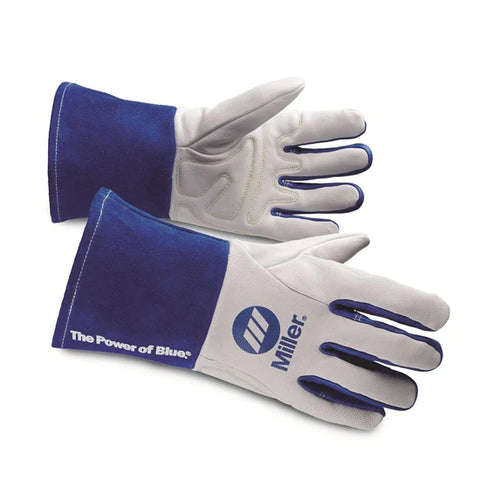There is more to welding safety than using a solid ground and avoiding puddles while using a high voltage welding arc. In fact, there are some long term health risks if you don’t take some simple precautions. In fact, the good news is that it’s not that hard to protect yourself while welding.

The Risks of Welding Fumes
Mild steel welders are particularly at risk for suffering fevers and respiratory issues if they don’t have proper ventilation at the welding site. Though these side effects from welding are generally short term illnesses, it’s vitally important for welders to address these issues so they can stay on the job both for job security and for the benefit of their employers.
As for long term risks associated with welding fumes, several studies conducted by OSHA suggest that there may be some risks of lung cancer in some cases, but other welders demonstrated no ill effects from welding. Therefore, good ventilation and possibly a respirator in your welding helmet in certain situations can make a significant difference in safety.
The Risks of Welding Flashes and Flashbacks
Flashes while welding can be harmful to your eyes since they’re like a sunburn on your eye. Welders compare a flashed eye to having sand thrown into their eyes. An auto-darkening welding helmet with four sensors will catch flashes and ensure that your eyes are fully protected.
Keep in mind that all helmets provide protection from UV rays. That protection comes from the glass of the viewing area, not the shade settings.
Flashbacks can happen while oxy-cutting with fuels such as acetylene or propane and can be deadly if you don’t have a flashback arrestor. A flashback describes the movement of a flame from the tip of an oxy-fuel torch down the torch and into the fuel line. If the flame reaches your tank, you just worked your last job. Flashback arrestors are quite common and are effective at catching flashbacks before they can become deadly.
The Right Gloves and Clothing for Welding
Welding processes such as MIG and stick create a lot of sparks and may send bits of hot metal onto you. Make sure you’re wearing gloves that are thick and flame resistant, such as top grain cowhide, goatskin (for TIG), or pigskin.
Your shirts should be made of cotton, as synthetic materials will melt onto your skin. Cotton may only smolder a little if a spark lands on it. However, the best safety options for welding clothing include items such as a leather jacket, flame-resistant jacket, welding bib, or welding apron.
Welding is a life-long job and hobby that does not have to be a dangerous process. Make sure you invest in proper ventilation, safety gear, and clothing before starting your next project.
Learn more about welding safety at Baker’s Gas and Welding.

